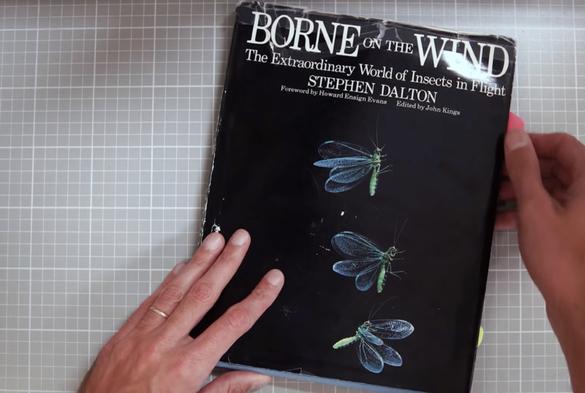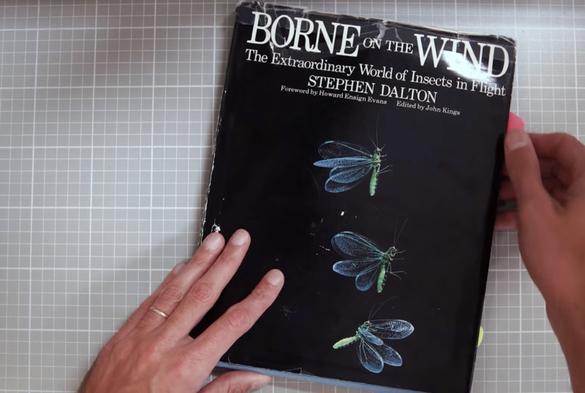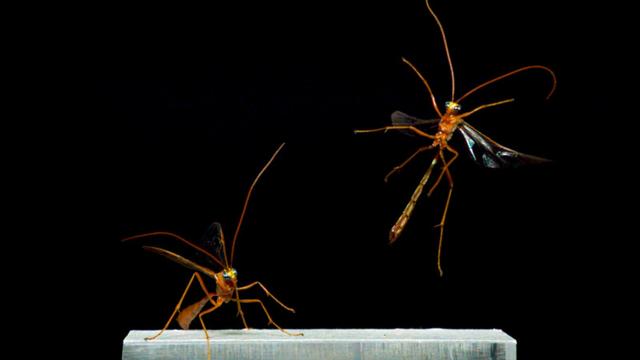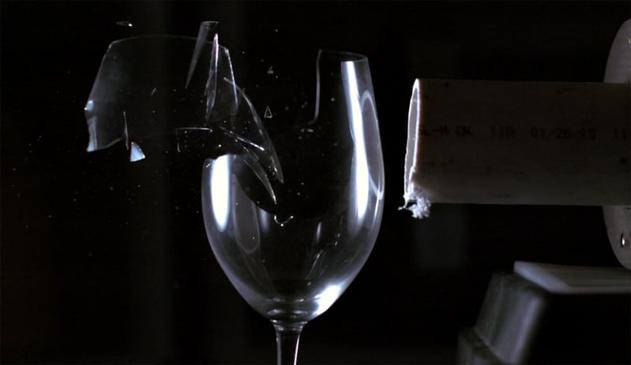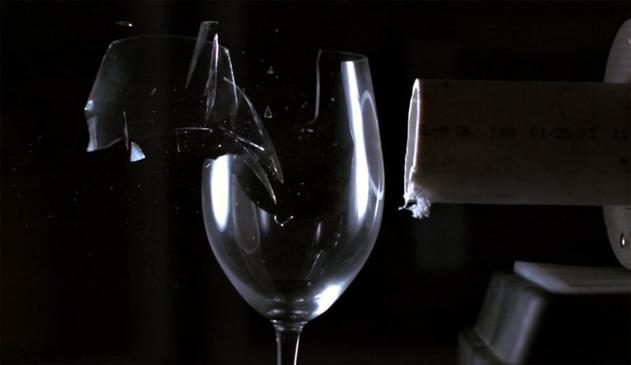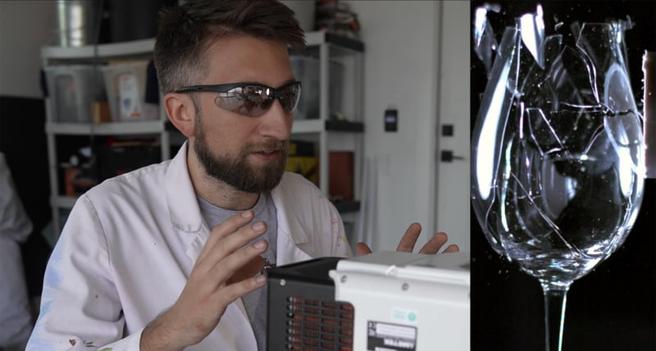Scottie Pippen | Slow motion promo series | One-man fast break https://www.rawchili.com/4298714/ #basketball #Chicago #ChicagoBulls #ChicagoBulls #defense #dunk #JamesHorner #Knicks #MichaelJordan #NBA #NewYork #NewYorkKnicks #PhantomCam #PhantomCamera #pippen #ScottiePippen #SlamDunk #slamdunk #SloMo #SlowMotion #Steal #zen
#phantomcamera
https://www.lovenba.com/1591282/ Scottie Pippen | Slow motion promo series | One-man fast break #Basketball #CentralDivision #Chicago #ChicagoBulls #Defense #Dunk #EasternConference #JamesHorner #Knicks #MICHAELJORDAN #NBA #NewYork #NewYorkKnicks #PhantomCam #PhantomCamera #Pippen #ScottiePippen #SlamDunk #slamdunk #SloMo #SlowMotion #Steal #zen
Thought I'd be making a triumphant return to #ScreenshotSaturday with some fun stuff today, but alas that's not how #GameDev works.
I tried to replace my janky camera script with the #PhantomCamera plugin, and now cannot for the life of me figure out why it tips over to a wonky angle on game load.
Yay! 😅
(No shade to the camera plugin, I've used it before and it's great. Clearly I've done something very wrong here, the question is what!)
The camera never lies, but this one did—by showing things that should have been impossible. #Creepypasta #PhantomCamera
I do not seem to get the point of phantom camera for #Godot. Following a player or using a frame to follow can be done with Camera2D already, right?
Could someone please explain the advantages of phantom camera to me?
First #PhantomCamera release of the year!
Mainly just tweaks and fixes, but some were quite egregious — particularly for tweens.
Thanks to the folks who flagged the issues!
More details in the release notes.
https://github.com/ramokz/phantom-camera/releases/tag/v0.6.2
Extraordinary Portraits of Insects in Flight Shot at 6,000 FPS
Dr. Adrian Smith publishes incredibly detailed examinations of insects in motion through his YouTube Channel Ant Lab. While he generally picks backdrops to compliment the colors of his subjects, this time he chose to mimic a more classic look.
His channel has featured a huge assortment of videos featuring a wide range of insects, some in flight, some jumping and shot at a blistering 73,000 frames per second, and others where he looks at specific species, like moths.
Dr. Smith says that he has two goals when he makes insect flight videos. First, he wants to film something new and capture insects in a way he doesn't think anyone has before. Second, he wants each of the videos to be visually different. He says that usually that is accomplished by experimenting with color in his filming set to complement and highlight the bodies of the insects.
But recently, someone sent Dr. Smith a book titled "Borne on the Wind" by Stephen Dalton. Published in 1975, it appears to be the first collection of detailed pictures of insects in unrestrained free flight.
"Photos from that series were seen as such an achievement that one was included on the gold record sent off to space on Voyager," Dr. Smith tells PetaPixel.
Some photos in the book are composites of multiple frames that show, in many cases, the motion of insects as they move through the air -- motion that is provided in spite of the fact they are still images.
Dr. Smith found that some of his favorite photos in the book used those multiple exposures of the insects that are isolated against the black background. Using the photos in the book as inspiration, he decided to recreate a similar set but capture the motion in 6,000 frames per second slow-motion video.
"To collect those first images a special flash that could fire at 1/25,000 of a second and an electronic shutter that had an opening time of 1/450 secibd had to be custom made. Nowadays, of course, a Phantom camera filming at 6,000 frames per second does the job of capturing similar image sequences," he says. "But, I try to honor the incredible effort that was put in to make those amazing first images with the sequences I captured in this video!"
In the video, Dr. Smith showcases eight total insects: the flatid planthopper, Chinese mantis, American bird grasshopper, broad-headed sharpshooter, stink bug, ichneumonid wasp, brown lacewing, and a tiger moth. Below are some freeze-frames from a few of those sequences, provided to PetaPixel by Dr. Smith:
For more from Dr. Smith, make sure to subscribe to his YouTube Channel.
#inspiration #spotlight #6000fps #adriansmith #antlab #dradriansmith #insectphotography #insects #insectsinflight #phantomcamera #phantomflex #slowmotion
The ‘Entry-Level’ Phantom TMX 5010 Can Shoot 1.16 Million FPS
Vision Research has announced a new "entry-level" slow-motion camera, the Phantom TMX 5010. While considered an entry-level system, the TMX 5010 can still push up to 1.16 million frames per second.
The TMX 5010 can hit that 1.16 million frame per second number at reduced resolutions but is capable of 50,725 frames per second at 1280 x 800 resolution. Using a backside-illuminated high-speed sensor and Phantoms latest technology, the company claims this camera is "one of the most versatile, full-featured cameras making it ideal for a wide variety of applications."
The Phantom TMX 5010 is the latest entry in the TMX series of cameras including the TMX 6410 which can shoot up to 1.5 million frames per second and the TMX 7510 -- announced in March of 2021 -- which can shoot up to 1.75 million frames per second, (both at reduced resolutions). Each of these systems make use of a backside-illuminated (BSI) sensor and have a max resolution of 720p (1280 x 800 pixels).
The new TMX 5010 camera comes with up to 512GB of RAM which allows users to buffer the last few seconds of what the slow-motion camera captures and the system can reportedly reach a 95 nanoseconds minimum exposure when enabling the "FAST" option and can achieve a processing throughput of nearly 50Gpx/second. This means that researchers using this system can access higher resolution images at much higher frame rates than they previoiusly been able to.
The company states that the frame rates are "Actual" with no interpolation and 2 x 2 Binning Mode provides "double the vertical resolution at high frame rates for added flexibility". While this FAST mode may not be useful for filmmakers, it is ideal for scientific research which is what this system seems intended for.
Despite the "entry-level" tagline for the TMX 5010 (which is shipping now), no pricing information has been released on it or the other cameras in the line-up. Current estimations put it between $60,000 to $80,000 -- but it could be higher -- whichi puts it out of reach for most individual photographers or filmmakers. It is definitely a system more suited for rentals on a per-case basis unless it is being leveraged for research where this type of slow-motion recording is useful on a daily basis.
Interested buyers will have to submit a quote request to Vision Research directly. Alternatively, the T3610 version which shoots a modest 38,040 frames per second (or 875,000 frames per second at reduced resolution) will begin shipping later in August.
#equipment #news #announcement #camera #entrylevel #fps #framespersecond #phantom #phantomcamera #phantomtmx5010 #research #scientific #slomo #slowmotion #superslowmotion #video #visionresearch #visionresearchphantom
Watch Sound Waves Shatter a Wine Glass at 187,000 Frames Per Second
Gav from The Slow Mo Guys displays the power of sound by using extreme volumes to shatter a wine glass, all captured with a high-speed camera shooting at 187,500 frames per second.
The Slow Mo Guys YouTube Channel has been producing excellent videos that show different activities captured at high frame rates for years. Most recently, Gav showed what happens when a spark plug hits a car window as well as revealing how an old 16mm motion picture camera works.
Using a Phantom TMX 7510 at 187,500 frames per second, Gav this time shows how playing a wine glass's "least favorite sound" at extreme volumes affects the fragile vessel. "That's around 7500x slower than you can see with your own face," Gav writes.
Gav notes that the resonant frequency of the glass, the sound that you can hear when lightly flicking the side of it, is the same frequency he aims at the glass extremely loudly. Resonant frequency is the natural frequency where an object or medium vibrates at its highest amplitude, according to Cadence PCB.
In this case, glass shatters when exposed to a certain frequency because the acoustic waves of sound cause the molecules to vibrate.
"When projected from a source, the vibration traverses through the air onto the physical structure of the glass," Cadence explains. "If the acoustic frequency of the sound matches the natural frequency of the glass, the latter starts to vibrate at a larger amplitude, potentially disintegrating its structure."
In this case, Gav intends to take advantage of the wine glass's resonant frequency of 505hz and hit it with that sound very closely and very loudly to force the molecules to vibrate wildly, which affects the structure of the glass, causing it to shatter.
"Do not watch this video if you have glass eardrums that resonate at 505hz," Gav jokes.
Gave creates and aims the sound at the glass by playing the chosen frequency on an iPad and through an amplifier that is connected to a two-inch compression driver with a short bit of PVC attached to it, which focuses the sound into the side of the glass.
The camera Gav uses is, as previously noted, a Phantom TMX 7510, which is a relatively new camera that was launched earlier this year. The TMX 7510 achieves 76,000 frames per second at full 1-megapixel resolution of 1280 x 800, over 300,000 frames per second at 1280 x 192 resolution, and over 770,000 frames per second at smaller resolutions — But it gets even faster. Gav's chosen speed of 187,000, therefore, slips in as a nice mix of high speed and decent resolution.
For more from Gav and The Slow Mo Guys, subscribe to his YouTube Channel.
#equipment #inspiration #news #audio #experiment #phantomcamera #phantomtmx7510 #resonantfrequency #shatter #slowmotion #slowmotioncamera #sound #theslowmoguys



